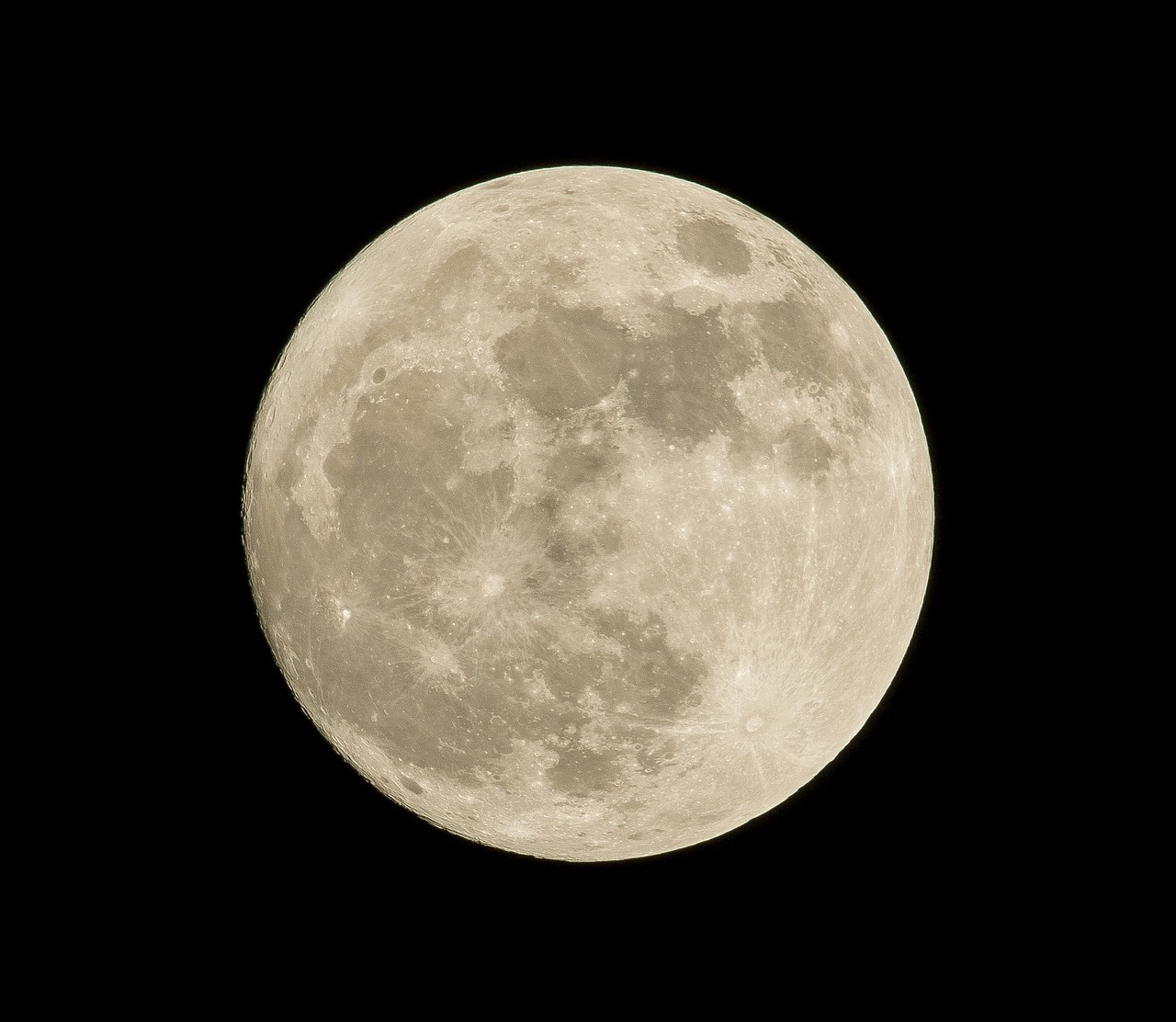30 super interesting facts about the first moon landing
- The first moon landing was a crewed mission by the United States, named Apollo 11, on July 20, 1969. The Apollo 11 mission was a historic achievement for humanity and science.
- The spacecraft consisted of the command module, Columbia, and the lunar module, Eagle. The command module and the lunar module were designed to work together to carry the crew and the equipment to the moon and back.
- The crew was Neil Armstrong (commander), Buzz Aldrin (lunar module pilot) and Michael Collins (command module pilot). The crew of Apollo 11 had extensive training and experience in spaceflight and aviation.
- Armstrong and Aldrin were the first humans to walk on the moon, while Collins stayed in orbit. Armstrong and Aldrin spent about two hours on the lunar surface, collecting samples and setting up experiments, while Collins piloted the command module in orbit.
- Armstrong’s first step on the moon was a historic moment, as he said, “That’s one small step for man, one giant leap for mankind.” Armstrong’s words were broadcast live to millions of people on Earth who watched the moon landing on television.
- The crew traveled 240,000 miles from the Earth to the moon in 76 hours. The distance and duration of the Apollo 11 flight were unprecedented and required precise navigation and timing.
- The United States is the only country to have successfully conducted crewed missions to the moon, with six landings between 1969 and 1972. The Apollo program was a remarkable achievement of engineering, science and exploration that advanced human knowledge and capabilities.
- All crewed landings took place on the near side of the moon. The near side of the moon is the hemisphere that always faces Earth, while the far side is never visible from Earth.
- The landing site of Apollo 11 was named Tranquility Base, located in a flat area called Mare Tranquillitatis or Sea of Tranquility. The landing site was chosen for its smooth terrain and low risk of obstacles.
- The lunar module carried a plaque that read: “Here men from the planet Earth first set foot upon the Moon July 1969, A.D. We came in peace for all mankind”. The plaque was a symbolic gesture of goodwill and cooperation among nations and peoples.
- The crew also planted an American flag on the moon, which was made of nylon and had a horizontal rod to keep it unfurled. The flag was not intended to claim sovereignty over the moon, but rather to represent the achievement of the American people and government.
- The crew collected 21.55 kilograms (47.51 lb) of lunar rocks and soil samples during their extravehicular activity (EVA) or moonwalk. The samples were carefully packed and sealed in special containers to preserve them from contamination.
- The crew also deployed several scientific instruments on the moon, including a laser ranging retroreflector, a passive seismic experiment package, a solar wind composition experiment and a dust detector. The instruments were designed to measure various properties of the lunar environment and transmit data back to Earth.
- The crew left behind several items on the moon, such as a patch commemorating the fallen Apollo 1 astronauts, two medals honoring Soviet cosmonauts who died in flight, a silicon disc with goodwill messages from world leaders, a gold olive branch as a symbol of peace and some personal items. The items were meant to honor those who contributed to space exploration and to share a message of hope and peace with future visitors.
- The lunar module ascent stage lifted off from the moon at 17:54:00 UTC on July 21, 1969, carrying Armstrong and Aldrin back to rendezvous with Collins in the command module orbiting the moon. The ascent stage had enough fuel and thrust to reach orbit and dock with the command module.
- The lunar module ascent stage was later jettisoned into lunar orbit, where it remained until it crashed on the moon at an unknown location and time. The ascent stage was not designed to return to Earth or land safely on the moon, so it was discarded after its mission was completed.
- The command module, with the three astronauts aboard, left lunar orbit at 04:55:42 UTC on July 22, 1969, and began its return journey to Earth. The command module had a heat shield that protected it from the high temperatures of reentry into the Earth’s atmosphere.
- The command module splashed down in the North Pacific Ocean at 16:50:35 UTC on July 24, 1969, about 900 miles southwest of Hawaii and 13 miles from the recovery ship USS Hornet. The splashdown was a successful end to the historic mission and the crew was quickly recovered by helicopter and taken to the ship.
- The crew was greeted by President Richard Nixon, who spoke with them via a telephone radio transmission shortly after they planted the American flag on the lunar surface. Nixon considered it the “most historic phone call ever made from the White House”. The president congratulated the crew on their accomplishment and expressed his admiration and pride.
- The crew was also celebrated with parades, ceremonies and awards in various countries. They received the Presidential Medal of Freedom, the highest civilian honor in the U.S., from Nixon in 1970. The crew became global celebrities and icons of American culture and science.
- The crew was quarantined for 21 days after their return, as a precaution against possible lunar pathogens. They stayed in a special trailer called the Lunar Receiving Laboratory, where they were examined and debriefed. The quarantine was a safety measure based on the unknown nature of the lunar environment and the possibility of contamination.
- The crew underwent extensive physical and psychological tests after their mission, as part of NASA’s research on the effects of spaceflight on human health and performance. They also participated in training and education programs for future astronauts and engineers. The crew’s experience and feedback were valuable for improving the design and operation of spacecraft and equipment.
- The crew shared their observations and impressions of the moon with the public and the scientific community. They described the moon as a desolate, gray and dusty place, with a stark beauty and a sense of awe. The crew’s firsthand accounts of the moon were fascinating and inspiring for many people who had never seen it up close.
- The crew donated some of their personal items and memorabilia to museums and institutions, such as their spacesuits, helmets, gloves, flags, patches, medals and cameras. The crew’s artifacts are part of the historical and cultural heritage of space exploration and are displayed for public education and enjoyment.
- The crew advocated for further exploration of space and other planets, as well as for environmental protection and international cooperation on Earth. They also supported various causes and initiatives related to science, technology, education and peace. The crew’s vision and values were influenced by their unique perspective of seeing Earth from space and witnessing the fragility and beauty of our planet.
- The crew remained in contact with each other throughout their lives, and attended several reunions and anniversary events to commemorate their mission. They also maintained friendships with other astronauts and space workers. The crew’s bond was strong and lasting, as they shared a rare and extraordinary experience that changed their lives.
- The crew faced some challenges and difficulties after their mission, such as adjusting to fame, coping with stress, finding new goals and dealing with personal issues. They also faced some criticism and skepticism from some segments of society who doubted or opposed their achievement. The crew’s journey was not easy or smooth, but they persevered and overcame many obstacles.
- The crew pursued various careers and interests after leaving NASA. Armstrong became a professor of aerospace engineering at the University of Cincinnati; Aldrin became an author, speaker and advocate for space exploration; Collins became an assistant secretary of state, director of the National Air and Space Museum and author. The crew’s talents and passions were diverse and multifaceted, as they continued to contribute to society in different ways.
- The crew received numerous honors and awards from various organizations and governments, such as honorary degrees, medals, citations, keys to cities, streets named after them, stamps issued in their honor and induction into halls of fame. The crew’s recognition and appreciation were widespread and enduring, as they represented human achievement and excellence.
- The crew inspired generations of people to pursue their dreams and aspirations, especially in the fields of science, technology, engineering and mathematics (STEM). They also sparked curiosity and wonder about the universe and our place in it. *The crew’s legacy is lasting
Facebook Comments


































